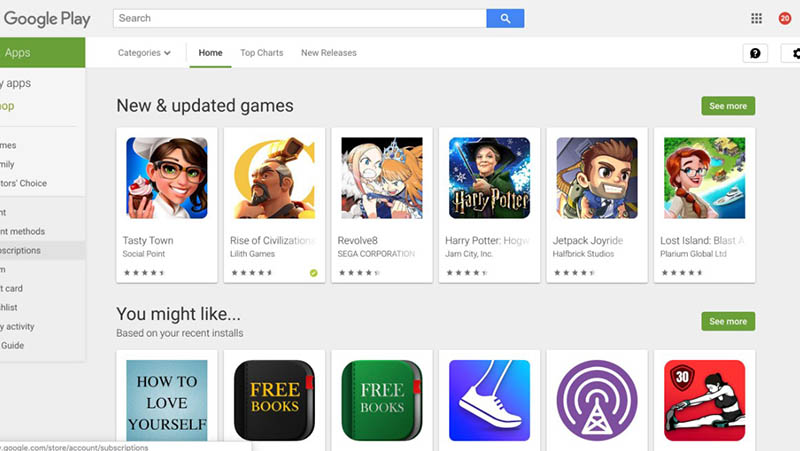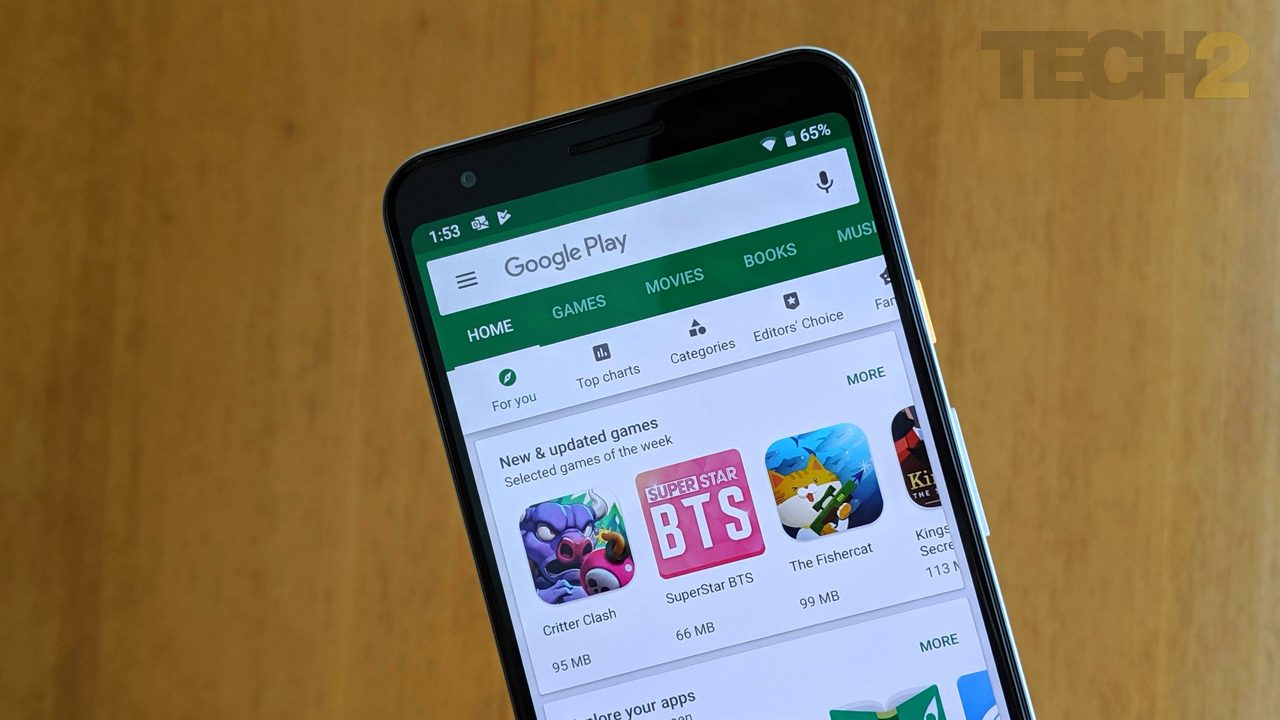

TypeTogether’s counterpart team at Google, lead by senior UX designer Addy Lee Beavers, agreed that the desired typeface should have a more interesting and varied texture than other fonts being used in eBooks or ones generally developed for on-screen use. The Play Books project offered an opportunity to approach some of these problems from a new perspective.Īnd further, how they arrived at the style they chose:

These facts contribute to an unfair yet appropriate comparison with their analog counterpart, where typography plays a leading role.

The technical limitations of devices regarding rendering of type, together with their variety of physical sizes, are only two of the main obstacles eBooks have to tackle. The electronic or digital book represents one of the most important challenge designers and developers face today. Additionally, the new Play Books type is meant to establish a recognisable visual identity for Google’s native eBook App and stylistically distinguish itself from other eReader competitors. The group often works alongside companies like Google, and here’s what the design firm said about the challenge designing for digital books:Ī new book typeface was needed that would provide an outstanding reading experience on a whole range of devices and high resolution screens running different rendering technologies. The company commissioned the font from Type Together, a firm focused on creating new type designs tailored for corporate use. This, however, is the first time that Google has drawn any attention to the new font which replaces Droid Serif as the default. The new typeface default was actually included in Play Books version 3.4.5, released May 6th, alongside a new card-based interface for text translation and the ability to create notes in book samples. Introducing Google Play Books' new font, Literata.


 0 kommentar(er)
0 kommentar(er)
